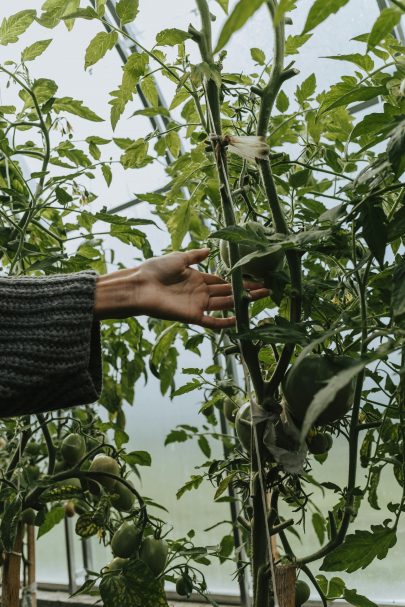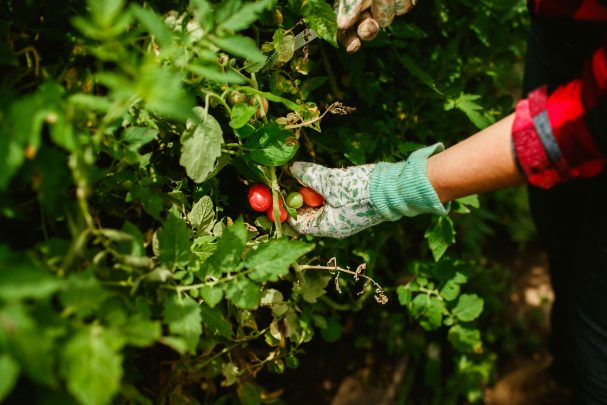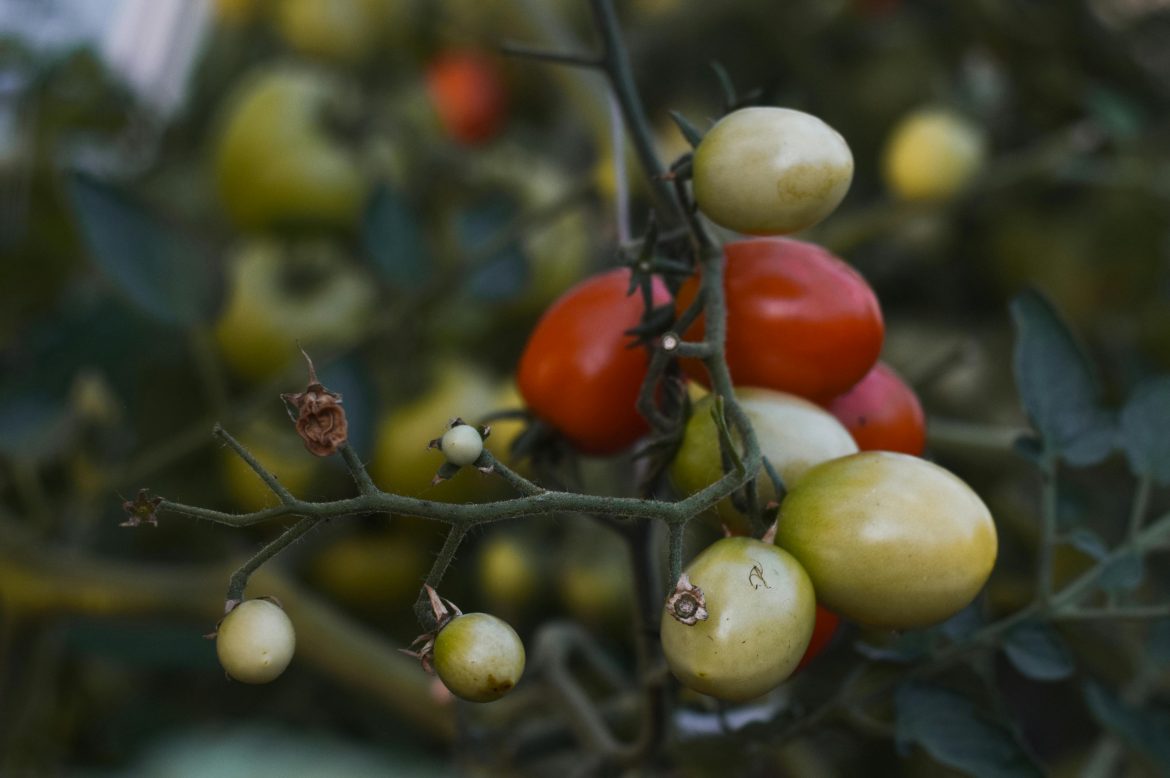When tomatoes hit their stride, a barely visible pest can bring the show to a halt. Tomato russet mites love late-season warmth and dry air. You will not see them with the naked eye, but you will see what they leave behind: tired plants, bronzed leaves and skins that toughen on fruit. The good news is that swift, steady care can limit damage and save your crop.
ALSO SEE: How to grow garlic in pots and containers

Pexels
Early clues to catch
Tomato russet mites are microscopic arachnids that feed by piercing soft tissue. The first hint is fine stippling, then a bronzed sheen on the lowest leaves. Yellowing follows, and those leaves often drop. Stems can look dull and dry. Fruit may feel leathery, with lengthwise cracking on the skin. Work low to high as you check, because damage usually starts at the bottom of the plant and moves upward.
Where they strike and how they travel
These mites thrive in heat and low humidity. They spread on the wind and hitch lifts on clothing, pets and tools. They also feed across the nightshade family, so keep a close eye on peppers, brinjals, potatoes and tomatillos, and pull out weedy nightshades such as datura as soon as they appear. Mixed beds with unrelated companions can slow their march.
Hygiene that shuts down overwintering
Good clean-up is your best defence between seasons. Clear spent vines and fallen leaves so mites have nowhere to hide. Pay attention to greenhouse corners and empty pots. Dispose of diseased material away from beds or send it to a hot compost. Uproot nightshade weeds early. Wipe secateurs and stakes with isopropyl alcohol as you move between plants.

Pexels
Grow sturdier, less vulnerable plants
Stress invites trouble. Mulch two to three centimetres deep to steady soil moisture and temperature. Stake or trellis to lift foliage into moving air. Water at the base rather than overhead to keep leaves dry and roots evenly moist. Transplant during mild spells so seedlings establish without a wobble.
What to do when mites appear
Skip sulphur, which is not effective on this pest, and avoid broad-spectrum sprays that harm beneficial insects. Instead, use water and persistence. A firm daily hose-down of the undersides of leaves, stems, and fruit helps dislodge mites; keep at it for a week or two and take care to limit soil splash by watering the ground afterwards. Avoid heavy pruning at this stage. It weakens plants, and the mites can outpace your cuts.
When to remove and reset
If a plant is already bare and the population is climbing, be decisive. Uproot it to protect the rest of the bed. Bag it for disposal or send it to a hot compost. Then review the basics: space plants for airflow, keep beds clean, mulch consistently and water to the root zone. Those habits matter as much as any single treatment.
A quick seasonal note
In South Africa, the highest risk window is late summer, when heat builds and rain is patchy. A weekly check from mid-season onwards will help you catch problems early and keep fruiting going for longer.
ALSO SEE:
Featured Image: Pexels
A version of this article was originally published on Garden&Home SA.

